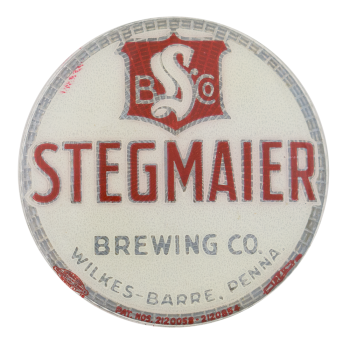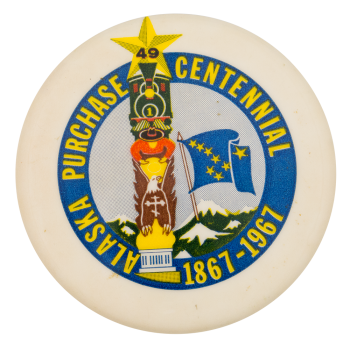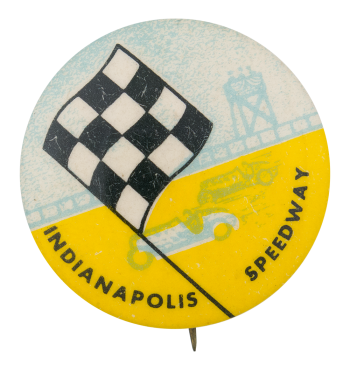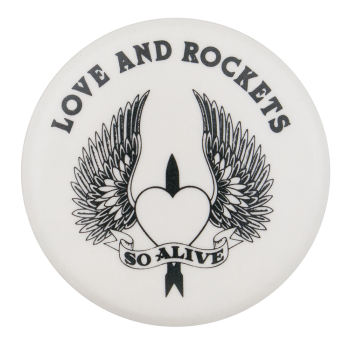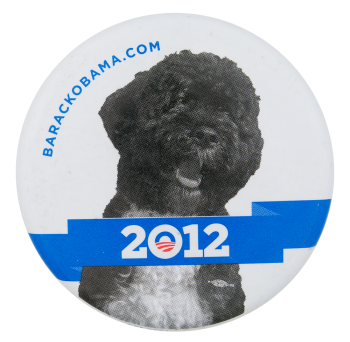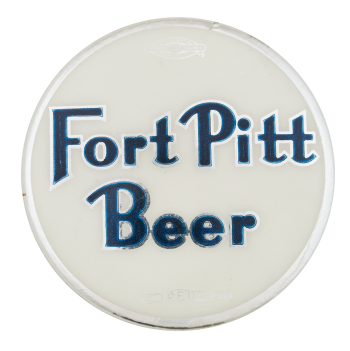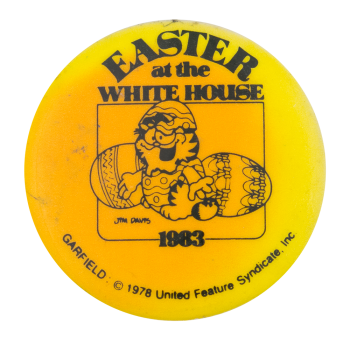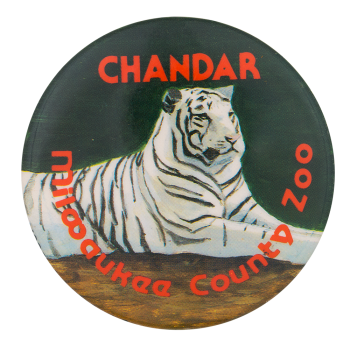Stegmaier Brewing Company
| Category | |
|---|---|
| Additional Images | |
| Text on Button | STEGMAIER BREWING CO. WILKES-BARRE, PENNA. |
| Image Description | The Stegmaier name and logo are emblazoned on a white background with a silver border; the lettering is red, white, and silver. |
| Back Paper / Back Info |
BASTIAN BROS. CO. |
| Curl Text | Union Bug PAT NOS. 2120058 - 2120854 Union Bug BASTIAN BROS. CO. ROCHESTER, N.Y. |
| Back Style | |
| The Shape | |
| The Size | |
| The Manufacturer | |
| Additional Information | The Baer & Stegmaier Brewery was opened in 1857 on South Canal Street in Wilkes-Barre, Pennsylvania. The brewery was founded by Charles Stegmaier and his father-in-law, George Baer. In 1863, it was renamed the C. Stegmaier & Son brewery and then finally became Stegmaier Brewing Company in 1897. From 1910 to 1913 Stegmaier Beer won eight gold medals from European beer expositions including those in Brussels, Paris, and Rome. In the early days of the brewery Charles Stegmaier would personally deliver each barrel of beer with a wagon drawn by a goat. In 1974, the Stegmaier label was sold to Lion, Inc. of Wilkes-Barre. |
| Catalog ID | BE0123 |

